Pros and Cons of A-Frame Houses
So you want to build your dream home.
Congratulations!
Building a new home is a journey filled with many challenges and triumphs. And, there’s nothing quite like choosing and creating a space that’s all your own.When you’re building your own home, each step is filled with decisions and compromises. If you’re building a home with your partner, then you’ll especially find that compromise is essential to building your home.
In fact, one of the very first decisions you’ll make when it comes to building your home is deciding on the style of house you want. It can be a challenge to find a home that combines modern with traditional or open concept with plenty of privacy.
Enter the A-frame house.
A standard of modern American residential architecture since the 1930s, A-frame houses are beloved because of their ability to combine a simple and traditional style with a more modern flair. They’re often used in vacation settings, such as lakes, mountains or beach areas because they tend to have a lot of windows and be a great way to create a visually appealing house in a tight space
But what exactly is an A-frame house? And is it the right choice for me?
What Is an A-Frame House?
The best way to describe an A-frame house is to picture a traditional ski chalet with the roof steeply sloping down each side of the frame of the house. A-frame houses are often compared to the shape of a capital letter “A” or a triangle.
These homes first made an appearance in American architecture in the 1930s when architect R.M. Schindler designed a lakeside cabin for a client in California. Twenty years later, an A-frame house popped up in the seaside village of Sagaponack, and the rest, as they say, is history. The A-frame’s place in vacation home architecture was cemented. A-frame houses are now a popular style of house for homes located near nature. Mountain homes, beach homes and ski chalets frequently feature the A-frame style because of its windows and because they are often likened to the shape of a tent, which allows homeowners to feel like they’re “camping” even when they’re indoors.
But what makes an A-frame house unique? Although you may find slight variations, a typical A-frame house will contain:
- Large windows
- An open floor plan
- A sloping roof
- Deep eaves
- High ceilings
- Wood siding
- Loft spaces
Because of their shape, A-frame houses are notoriously simple to build, and they’re relatively inexpensive. There have even been companies who sold kits so that homeowners could build their own A-frame. Although this modular construction trend is no longer a popular option for A-frame houses, the inexpensive nature of construction has resulted in a wide range of A-frame vacation homes around the United States.
A-frame homes are still a highly-desired design option for people who want to build their own homes. But what are the benefits of an A-frame house? And how can you decide if it’s the right option for you?
Pros of Living in an A-Frame House
If you’re considering building an A-frame house, then it’s important to learn everything you can about how they’re designed and why they’re so popular. These unique houses have stood the test of time for many reasons. What are the pros of A-frame houses?
1. Sloped Roof
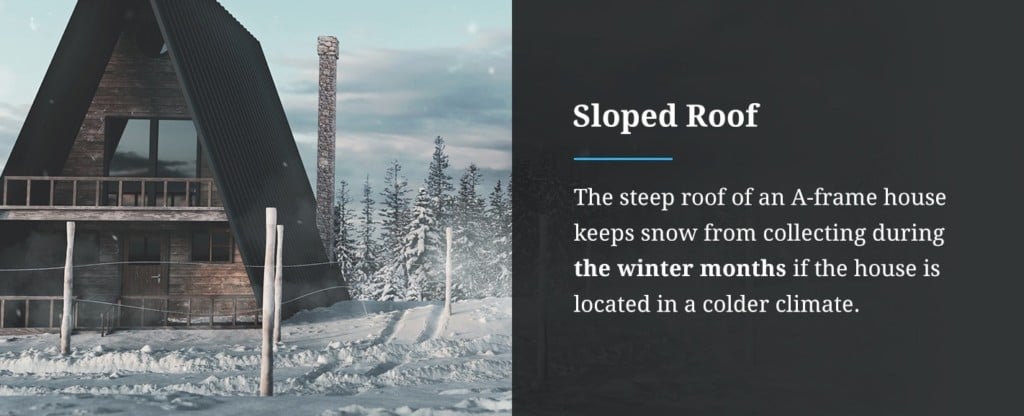
The steep roof of an A-frame house keeps snow from collecting during the winter months if the house is located in a colder climate. This prevents damage that can result from heavy snow and ice weighing on your roof year after year. If your A-frame home is located close to the coast or in a warmer climate that doesn’t experience a lot of snow, the roof also does a great job of shielding the house from high winds. You won’t need to worry about debris, leaves, water or other items collecting on your roof either since they’ll simply slide off when they hit it.
2. Large Windows
The slanted roof leaves room for a huge wall of windows on the front and back of the home. This accomplishes two things. It lets in a lot of natural light and, if positioned correctly, can use the sun’s rays to provide warmth during certain times of the day. As long as you’ve installed high-quality windows, it can be a great way to keep your electric and heating costs down. It’s also a great way to showcase the natural setting A-frame homes are typically located in. There’s nothing like framing a view of a lake or mountain range with an expansive wall of windows. This is one of the main appeals of having an A-frame home.
3. Inexpensive Construction
A-frame houses are often designed as vacation homes because they can stand up to the elements in the mountains or at the beach. And, they are typically cheaper to build because of the simple design and the fact that they are usually built from wood. They are also easy to scale as needed. In fact, one couple scaled their A-frame down to an 80-ft tiny house that cost them just $700 to build. While this might be an extreme example, it shows the versatility of A-frame home plans and the simplicity they can offer for a new build.
4. Open Floor Plans
The shape of an A-frame home lends itself to the open floor plans that are beloved in vacation homes worldwide. Imagine being able to stand at your kitchen island making dinner and watching the sunset over a lake. Imagine brewing coffee while looking across your living room at the snow-covered trees outside of your house. It’s also a great floorplan for curling up together and enjoying family time.
5. High Ceilings
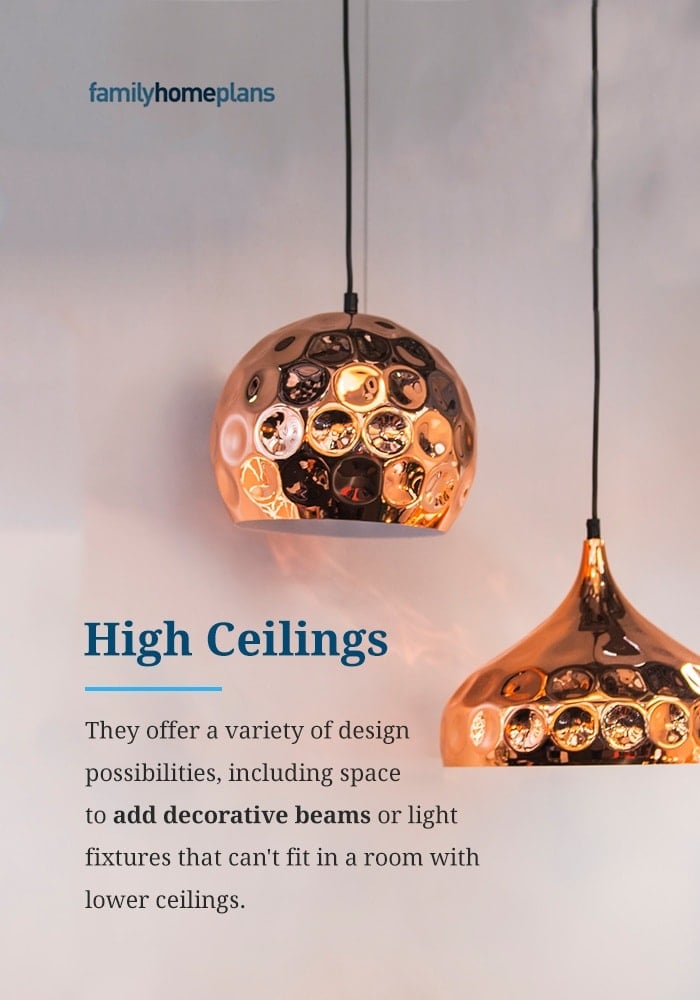
A-frame home construction typically results in high ceilings. High ceilings make even small rooms seem open and elegant. They also offer a variety of design possibilities, including space to add decorative beams or light fixtures that can’t fit in a room with lower ceilings. They also mean more room for windows, which let in more light and provide a bigger and better view.
6. Unique Layout
A-frame homes are known for deep eaves, loft spaces and an overall unique layout. If you’re looking for a home design that maximizes common areas and offers unique character and fun design details, then living in an A-frame house may be a great option for you.
Cons of Living in an A-Frame House
A-frame homes provide beautiful and unique living spaces. They combine the best of traditional and modern architectural elements. But A-frame living isn’t for everyone. There are some disadvantages to living in an A-frame house, and it’s important to understand both the pros and cons of an A-frame house before you take the leap and start building your own A-frame home.
1. The Expense of Sloped Roofs
An A-frame house has a lot of roof space. If the roofing material isn’t clad or insulated properly, it can be difficult to maintain a comfortable temperature inside the home. If this is the case, you may find that your utility bills are higher because cold air escapes in the summer and warm air escapes in the winter. Even in houses where the roofs are well-insulated, the high ceilings that are hallmarks of A-frame houses can increase your utility costs because it’s more space to heat and cool. A-frame roofs can also be more expensive to replace.
2. Interior Decorating Challenges
Among the cons of an A-frame house are the challenges that come with decorating the interior. Because of the steeply sloped roof, an A-frame house can be difficult to furnish and decorate. The steep roof on the outside means sloped interior walls. This reduces the amount of wall space available for hanging pictures and artwork. In some cases, it may also reduce its visual appeal since homeowners may struggle to decorate it in a flattering way because of the non-traditional interior. You may also find that the home’s usable square footage is more limited because the deep eaves can limit furniture placement.
3. Wasted Space
A-frame houses are known for having interior loft spaces. These spaces typically have at least one wall that’s open to the floor below, and they usually don’t have a door. The lack of privacy and openness to the rest of the house limits what this space can be used for. Loft spaces don’t typically make great bedrooms, although they can be used as such. They do, however, make a great playroom or library. If you’re looking for a home that offers more space for private bedrooms, a loft space may not provide the usable square footage you’re looking for.
4. Susceptible to Termites
Typically A-frame houses are framed in wood. If you are planning to build in an area that’s susceptible to termites, then an A-frame house may present more of a challenge than you want to take on.
5. Lack of Privacy
A-frame homes typically feature at least one large wall of large windows that aren’t usually covered. This means that anyone within close proximity to your home may be able to see into certain areas of your family’s living space. Since A-frame homes are often built as vacation retreats in the woods or facing the beach, this may not be a problem for everyone, but it’s certainly something to consider based on where you hope to build.
6. Resale Value
Although A-frame homes remain popular overall, they may not be as popular in certain areas or housing markets. If you’re considering building an A-frame home, do your homework. Talk with a successful real estate agent in the area where you plan to build and ask specific questions about the potential for resale. Even if you expect to live in the house for the rest of your life, you never know what will happen. It’s best to plan ahead and know how a house like yours will perform on the market should you need to sell it one day.
FAQs for Living in an A-Frame House
An A-frame house’s advantages are many, but it’s important to know what you’re getting into. If you’re considering building an A-frame home, you probably have some questions. You’re not alone! Here are answers to some of the most frequently asked questions about A-frame homes.
1. Where Do You Find A-Frame Houses?
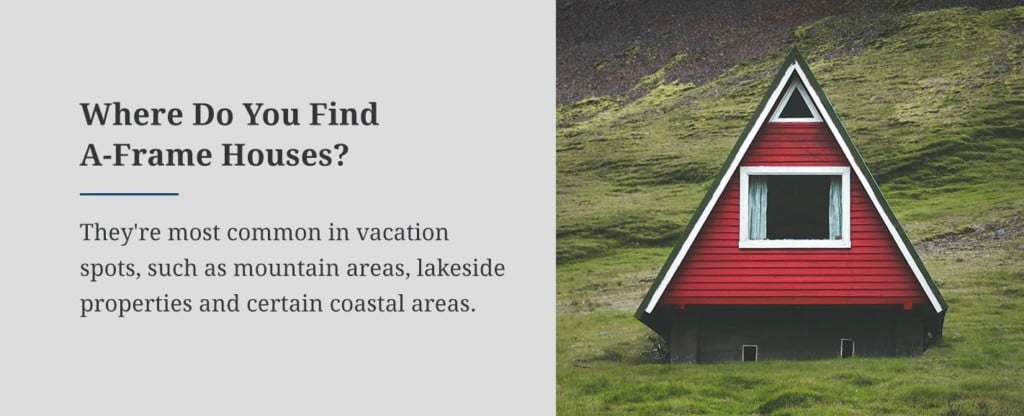
The first A-frame house in the United States was built in California, but now they can be found across the country. Although you can technically build an A-frame house just about anywhere, they’re most common in vacation spots, such as mountain areas, lakeside properties and certain coastal areas. This is because their large windows are a great way to enjoy the beautiful view outside while still staying comfortable inside.
The one exception to this is that A-frame houses aren’t common in places that are susceptible to termites, such as Florida. Their wood-frame construction makes it too risky to build them in areas like this.
2. Who Should Buy an A-Frame House?
A-frame houses are a beautiful standard of American architecture, but they aren’t for everyone. If you’re looking for a unique layout that maximizes natural light and features your property’s gorgeous views, then an A-frame might be a good choice. If you have a knack for interior design, you might find decorating the interior of an A-frame to be a fun challenge with delightful results.
3. Are A-Frame Houses Easy to Build?
Yes! One of the reasons people love A-frame houses is that the plans are easily scalable, which means their size can easily be adjusted to accommodate each owner’s needs. Because these houses are basically one big triangle, they really only have two full exterior walls and, with open floor plans, the interior walls are minimized as well. Having fewer walls means that construction can move more quickly and, in some cases, A-frames may even cost less to build.
4. How Do I Decide If an A-Frame Is Right For Me?
The great thing about A-frame houses is that they’re often used in designs for vacation homes. If you’re on the fence about building an A-frame home of your own, find a vacation rental built in this style. Spend a week in the house and pay close attention to the layout. Are you able to move around comfortably? Do you feel like there’s enough privacy? Do you like the flow of the space? Take note of things about the house that bother you or make it difficult to get comfortable. Then, at the end of the week, evaluate your experience and use it to inform your decision about whether to build an A-frame.
Where Can I Find Plans for an A-Frame House?
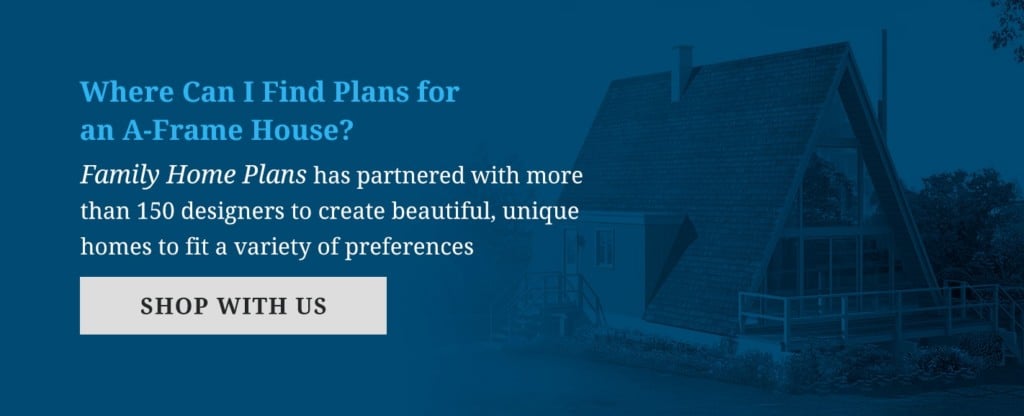
If you’ve decided to take the leap and build an A-frame house, then you’ll want to make sure that you purchase plans that are easy to follow and guarantee beautiful results. Family Home Plans has partnered with more than 150 designers to create beautiful, unique homes to fit a variety of preferences and a variety of budgets — including A-frame designs. What makes our plans unique is that they’ve already been designed. When you pay for one of our home plans, you aren’t paying for a designer to create something new. You’re simply paying for the rights to a plan that’s already been created. This is a great way to save money and get plans quickly. The quicker you have a plan, the quicker your house can be constructed.
Don’t wait to start building your dream home. Browse our plans today!

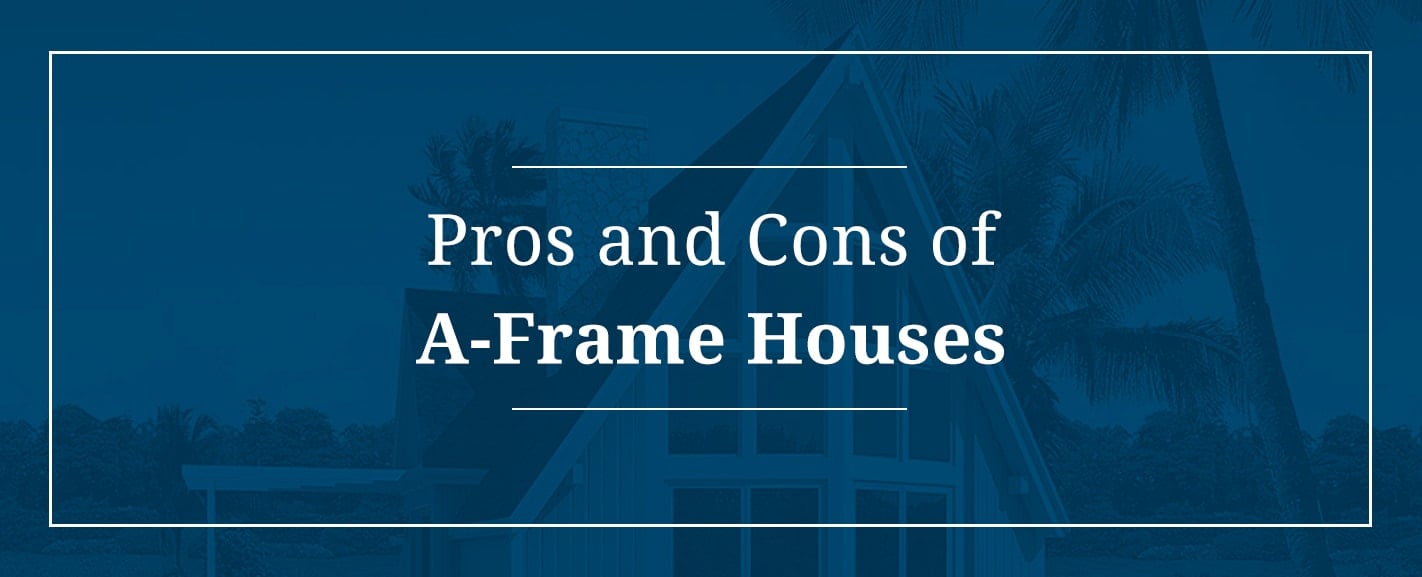
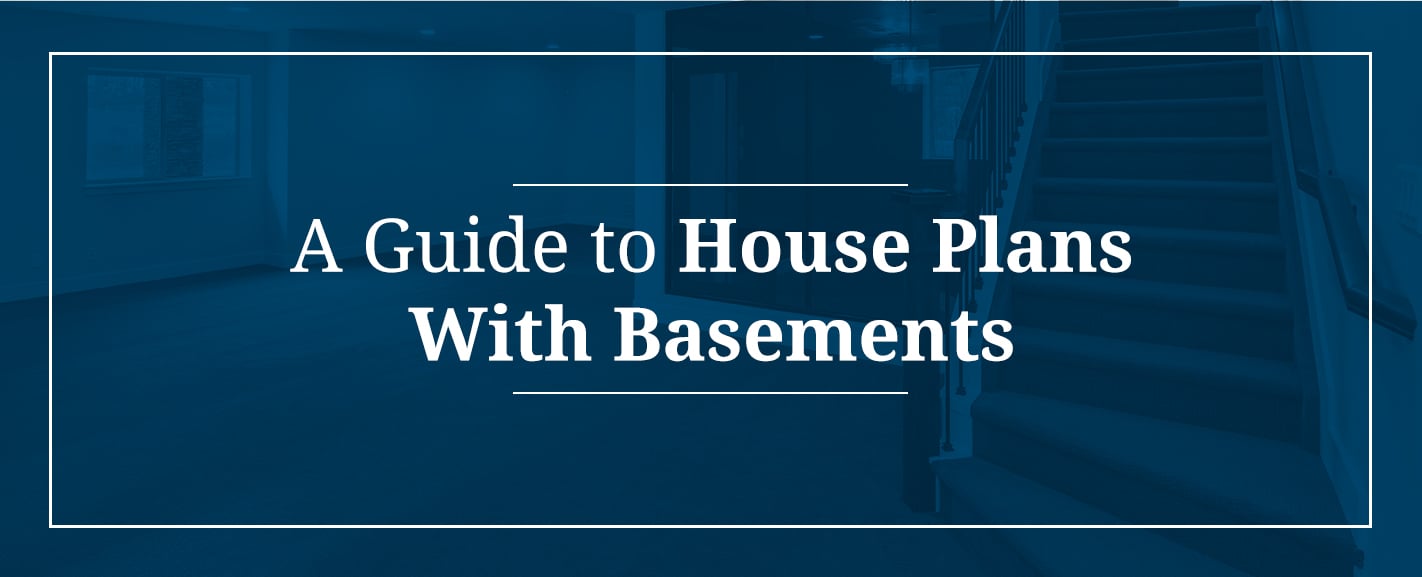
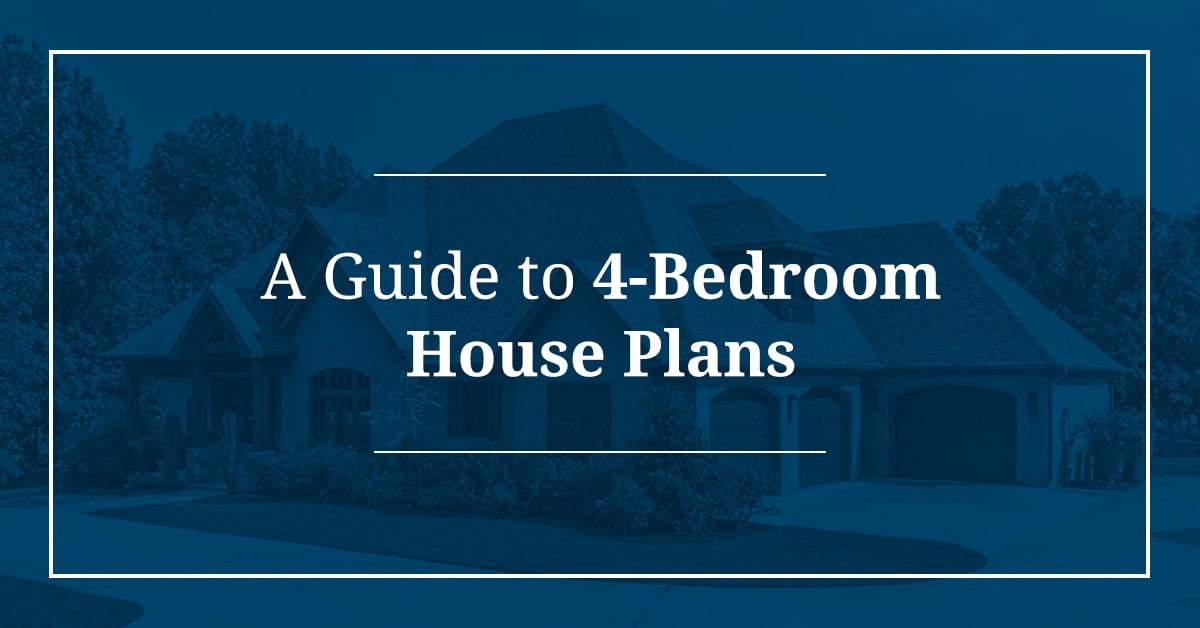
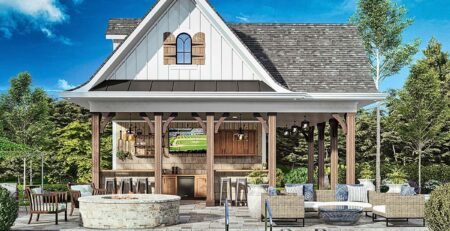

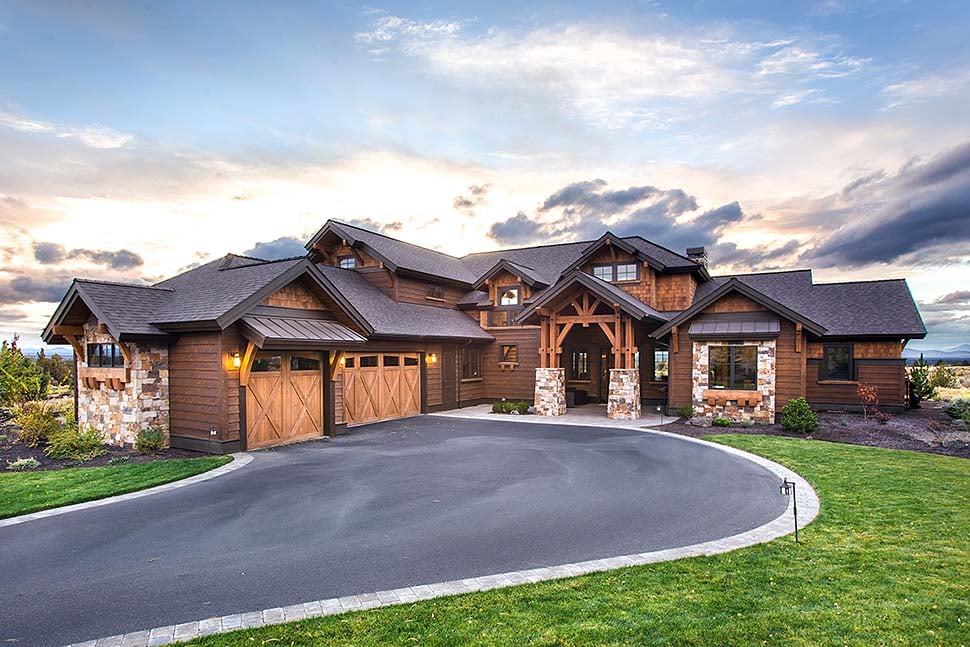
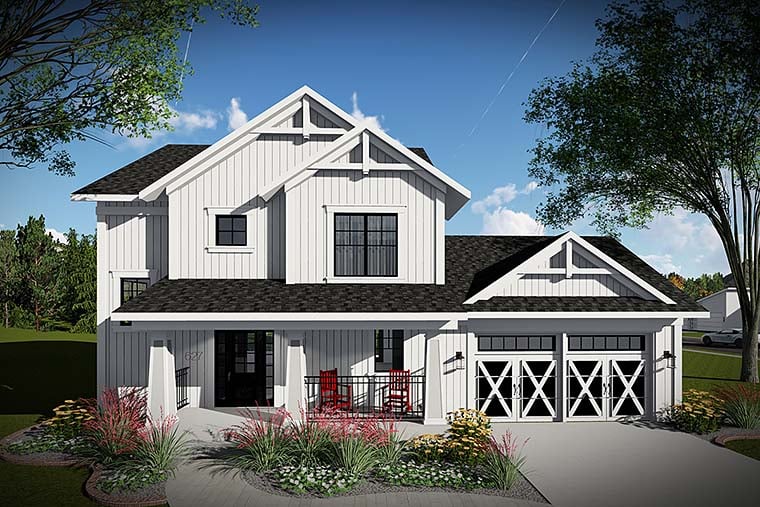

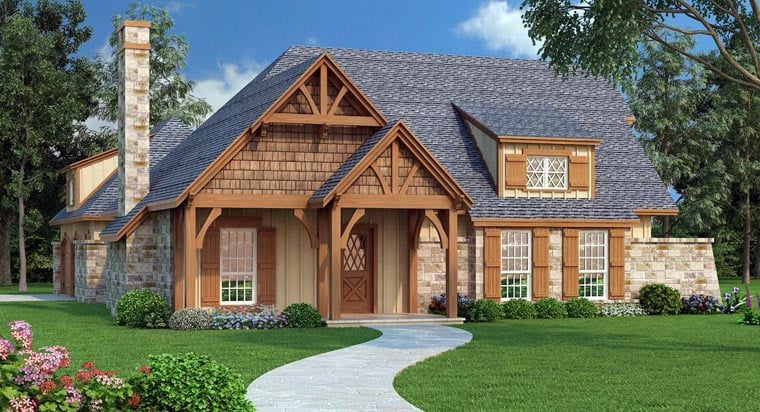

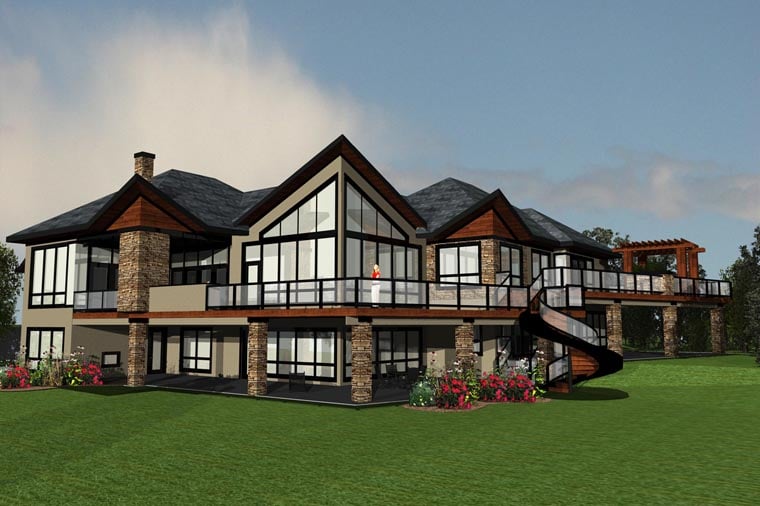

Comment (1)
i’m shopping around and maybe going to be in 6+ months decision i live in Olympia WA, 1.40 acre my daughter property she have her house there , but big part land have lots trees and there is place to i can go 20 X 28 something like that my A frame house look for advice and ideas about price water ,electric etc etc and hope you can gave some one around here is WA